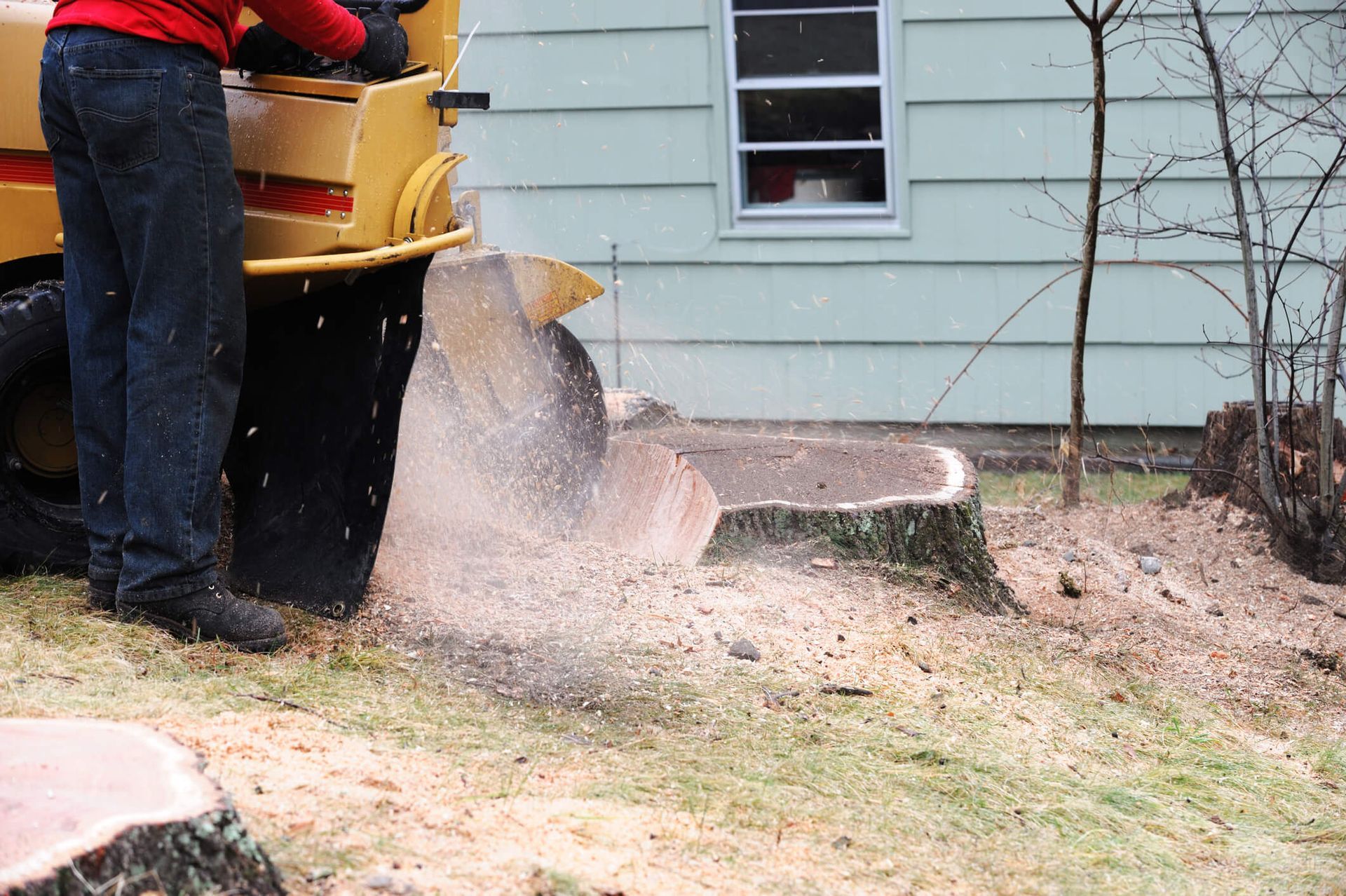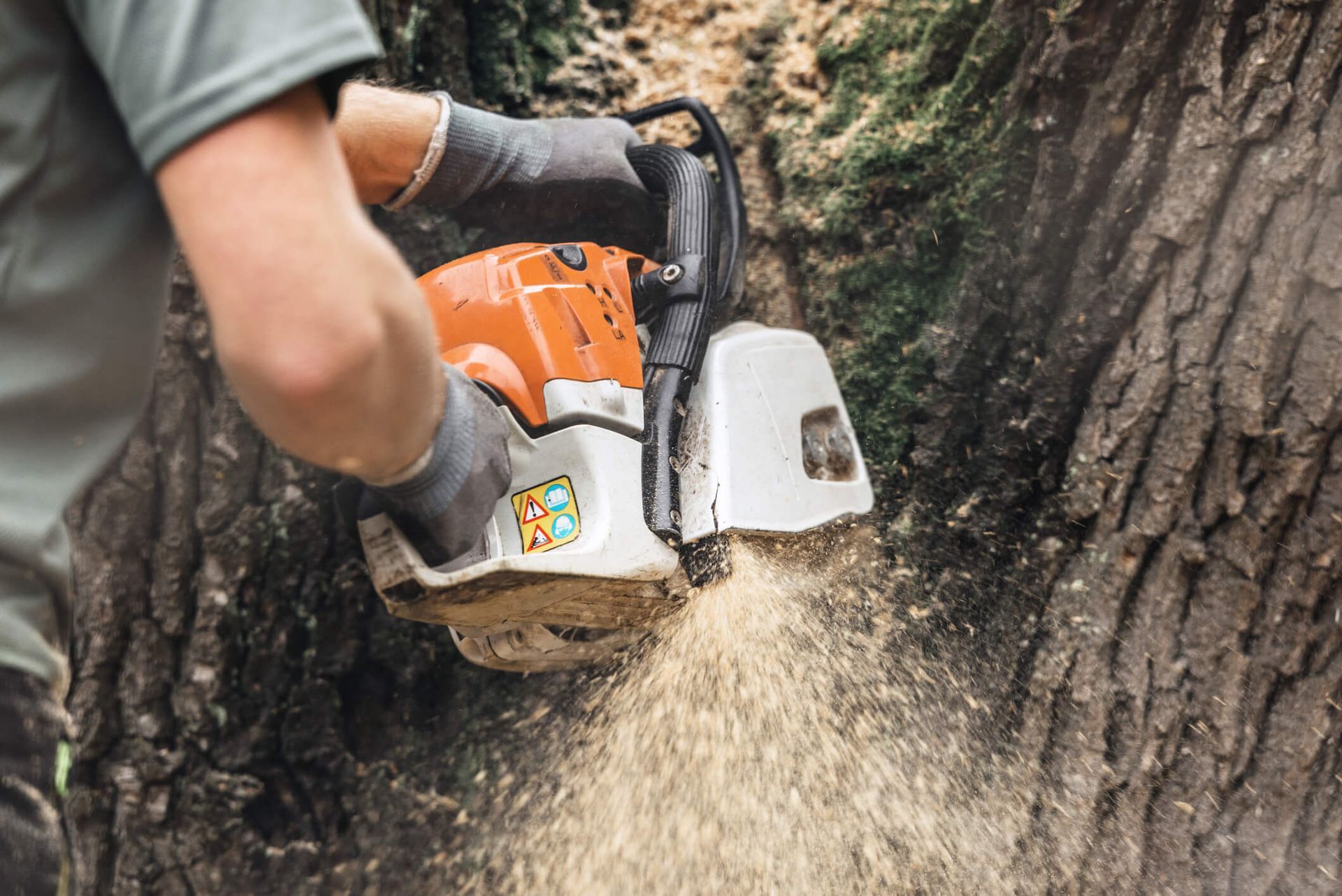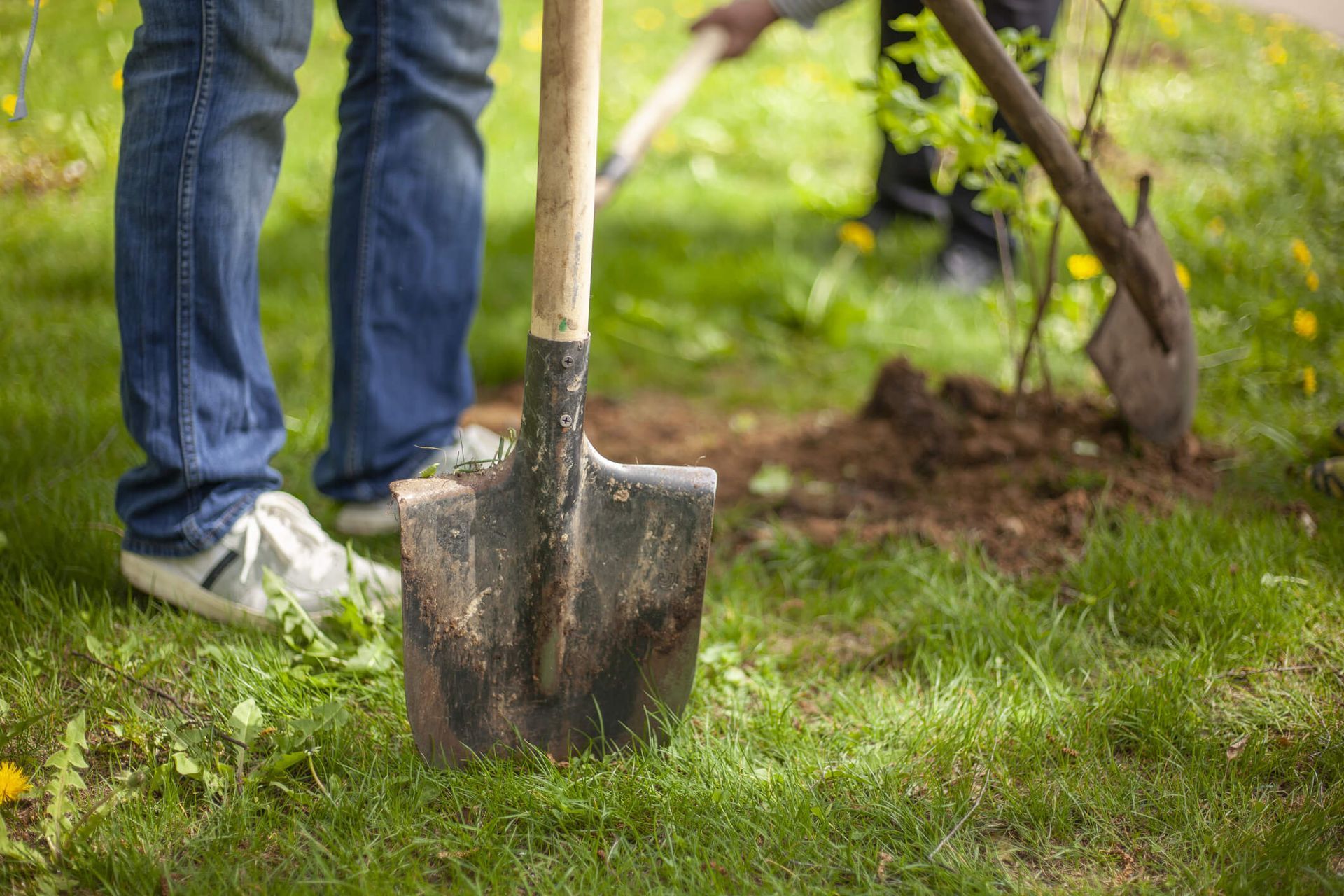Why Stump Removal is Important
When a tree is removed from your property, whether due to disease, storm damage, or landscaping needs, a stump is often left behind. While it might seem harmless to leave a tree stump in place, there are numerous compelling reasons to remove it. This blog will delve into the importance of stump removal, covering the risks and benefits involved.
What is the Importance of Tree Stump Removal
The stump was likely left behind if you recently had a tree removed. Although leaving a tree stump behind might be unsightly, it can also lead to other problems, such as pest infestations and spreading disease to nearby trees. For these reasons, it is crucial to get the stump removed.
That is why this blog will tackle why stump removal is important.
Important Reasons to Remove Tree Stumps in Your Yard
Here we examine several crucial advantages of tree stump removal and why it is important.
Stumps May Be A Safety Risk
Although it may not seem important to you, a stump poses a safety risk if you have young children roaming around your property or backyard. If they interact with the neighborhood kids, exposing them to liability or a personal injury claim takes one fall.
It may be challenging for work personnel to properly do routine maintenance if the stump in your yard is close to utilities like sewage pipelines, power lines, or waterlines.
Stumps Detract From The Appearance Of Your Landscape
It isn't an attractive sight, which is among the main justifications for getting rid of this. You make an extra effort to maintain the symmetry of your garden or yard, so old stumps sticking out of the ground have no positive effect. Maintaining your house's general appearance and worth requires getting rid of these.
Roots Cause Property Damage
Some stumps might still be alive even though many are dead. The roots of an organism can:
- Break underground utilities
- Alter landscape features
- create risky rifts and bumps
- take resources away from grass and other plants.
- Crack foundations
- Damage your neighbor's property
Most homeowners' insurance policies don't cover root damage repair fees because it occurs so gradually. Even if you can demonstrate that root damage occurred unexpectedly, insurance coverage sometimes does not cover external utility wires. The roots of that tiny stump might severely damage your financial situation.
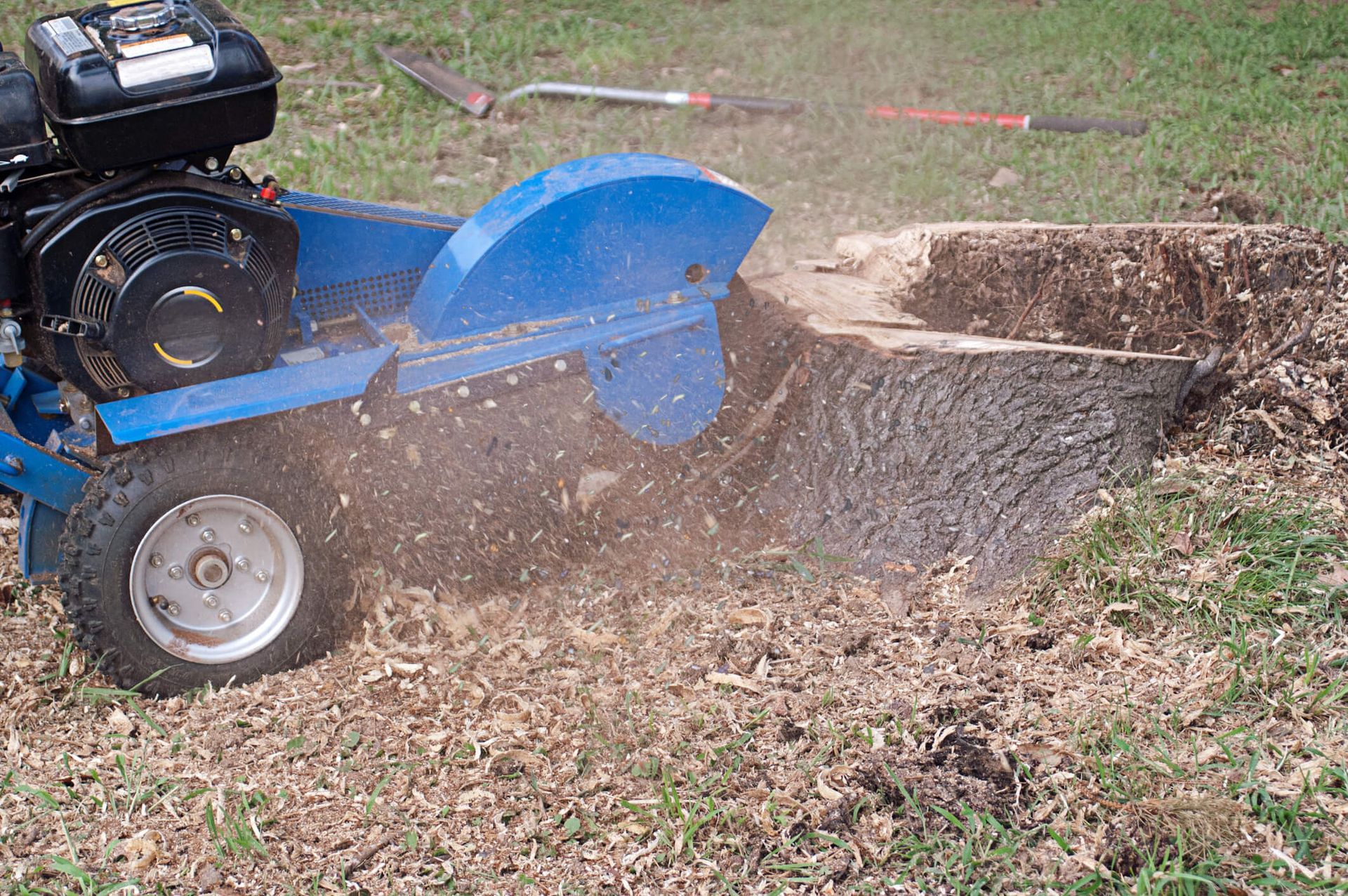
They Complicate Yardwork
A tree stump could be one of those worst enemies when you wish to keep your yard well-kept. You'll need to return to the area near a stump using a weed whacker after mowing, and that energy could be better used elsewhere on a hot day.
Old stumps damage machinery in addition to being a nuisance when mowing. Stumps bend or nick blades on push mowers and expensive zero-turn riding mowers. In extreme situations, crankshafts can be harmed by ancient roots and stumps.
Pest infestations
The landscape becomes infested with fungi and pests when stumps are left alone. The remaining trunk of the tree may rot, creating the ideal conditions for fungi to flourish. In these places, pests like termites, ants, beetles, and bugs start to breed and build nests, and the infestation may spread to your home. Stump removal aids in avoiding all these problems.
Old Stumps Contain Diseases
The stump of a tree can still retain deadly diseases even after most of it has been cut down. For example, Armillaria root rot weakens the trunks and causes root decay in a variety of trees and shrubs, as well as brown leaves. It can persist in stumps for many years and spread to wholesome vegetation. The tree will eventually pass away and may suddenly fall.
A stump doesn't need to live for it to have pathogens. Fungal diseases flourish in old and dead wood and cause many tree and root ailments. They frequently begin underground, so they are already prospering when the signs of root rot emerge.
New Trees Sprout Around Stumps
It may not be a big concern if your yard is large and there is only one stump. What's the big deal if all it entails is sometimes trimming around it with the weed eater?
Sprouting is one of a tree's inherent self-defense mechanisms. The tree's roots can still produce new trees in as little as 30 days after the tree has died and been removed. It is horrible for your yard but fantastic for wildfire regeneration. To suppress new sprouts, many homeowners use herbicides, but robust and frequent herbicide usage harms grass and adjacent plants.
Various Uses for Ground Stumps
That old stump around the corner in your home can be helpful if you own a garden in the backyard. It becomes mulch during the stump grinding that:
- Insulates soil
- Aids soil moisture retention (particularly essential in places with yearly rainfall totals).
- Inhibits weed growth
- transforms into beneficial nutrients
Consider incorporating mulch into compost piles if you don't need it. It decomposes alongside the rest of your compost within a few months, giving you extra to scatter about. Alternatively, cover the hole with the old stump left behind or make charming garden walkways out of a ground stump.
However, before applying any chemicals on your property, if they were used during a stump removal or grinding procedure, consult a specialist.
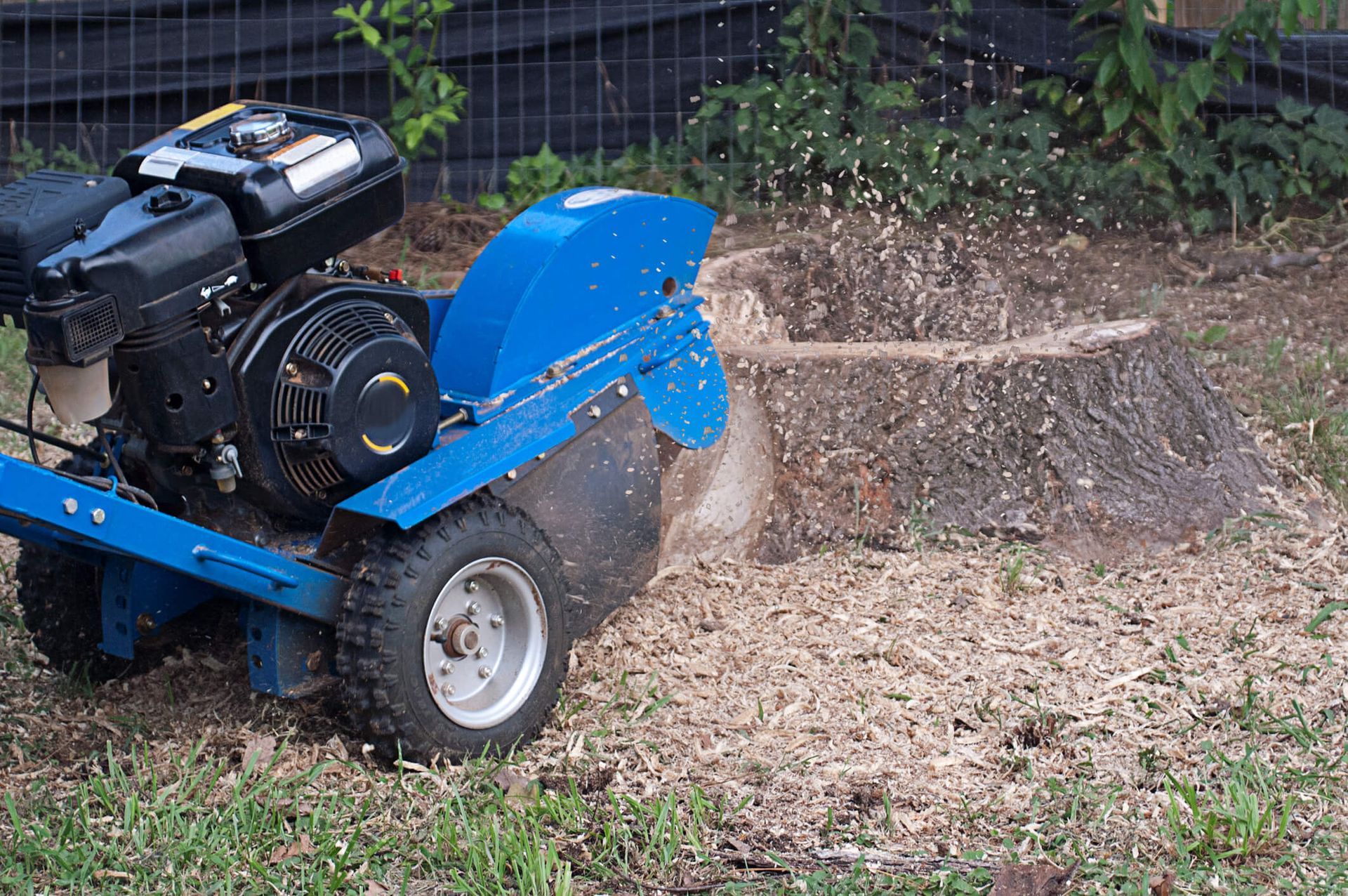
Frequently Asked Questions (FAQs)
Here are some FAQs about why stump removal is important:
Q. What are the risks of not removing a tree stump?
Not removing a tree stump can lead to several issues, including attracting pests such as termites and ants, which can spread to your home or other trees. The stump can also become a tripping hazard, posing a risk of injury to anyone walking in the area. Additionally, stumps can sprout new growth, leading to potential damage to your lawn or underground structures from the root system.
Q. Can leaving a tree stump impact the surrounding vegetation?
Yes, leaving a tree stump can impact the surrounding vegetation. Stumps can harbor diseases and pests, which may spread to nearby plants, causing health issues. Additionally, the decaying roots of the stump can interfere with the growth of surrounding vegetation by competing for nutrients and space.
Q. How does stump removal prevent pests and diseases?
Stump removal prevents pests and diseases by eliminating the decaying wood that attracts insects such as termites, ants, and beetles. Without the stump, these pests have fewer opportunities to infest and spread to healthy trees and plants nearby. Additionally, removing stumps helps prevent the spread of fungi and other pathogens that can thrive in decomposing wood and infect surrounding vegetation.
Q. What long-term effects can occur if a tree stump is not removed?
If a tree stump is not removed, it can lead to new tree growth, causing potential issues with the root system affecting nearby structures and underground utilities. The stump can also become a breeding ground for pests like termites and beetles, which may spread to other parts of your property. Additionally, it poses a tripping hazard, negatively impacting the safety and aesthetics of your lawn.
Q. Are there any safety concerns associated with leaving a stump in place?
Yes, leaving a stump in place poses several safety concerns. Stumps can become tripping hazards for anyone, including family and pets, leading to potential injuries. Additionally, they can attract insects like termites and ants, which may spread to other parts of your yard or residence, causing further issues.
Q. Does stump removal promote better landscaping?
Yes, stump removal promotes better landscaping by enhancing the aesthetics of your yard and providing more space for new plantings. It eliminates tripping hazards and prevents pest infestations, contributing to a safer and healthier environment. Additionally, it allows for easier lawn maintenance and a more uniform appearance.
Q. What are the common methods used for effective stump removal?
Common methods for effective stump removal include mechanical grinding using a stump grinder, chemical applications to accelerate decomposition, and controlled burning of the stump. Each method has its advantages and considerations based on factors like stump size, location, and environmental impact, ensuring you can choose the most suitable option for your needs. Professional assistance may be advisable for larger stumps or when environmental concerns are paramount.
Q. How much does stump removal cost on average?
The cost of stump removal varies substantially depending on the size of the stump, its location, and the method of removal. On average, homeowners may expect to pay $150 to $500 per stump. Bigger stumps or those in difficult-to-access areas may result in higher costs, whilst smaller stumps and DIY methods may be less expensive.
Q. Why is stump grinding recommended after tree removal?
Stump grinding is recommended after tree removal for several reasons. Firstly, it eliminates potential hazards such as tripping risks and pests attracted to decaying wood. Secondly, it enhances the aesthetics of your landscape by removing unsightly stumps. Lastly, grinding the stump prevents issues with regrowth and ensures that the area can be effectively repurposed for landscaping or construction without interference from remaining roots. For professional stump grinding services, consider contacting our experts at SYS Enterprises for efficient and thorough removal solutions.
Looking for a Tree Service for Stump Removal? Contact SYS Enterprises Tree Services
At SYS Enterprises in Charlestown, Indiana, we understand that various factors like local obstructions, limited access, and proximity to driveways or sidewalks can complicate stump removal. It's important to weigh the benefits and drawbacks of removing versus leaving the stump, considering the impacts on curb appeal, potential issues with tree roots, and effects on the local ecosystem. Hiring professionals, such as arborists from SYS Enterprises, ensure the job is done efficiently and safely, drawing on their expertise to make informed decisions about stump grinding or removal based on your specific circumstances and needs.
Contact SYS Enterprises Tree Services if you want stump removal services for your property. We provide options for removing the stump, like employing a stump grinder or other equipment to dig it out. Contact us at (502) 724-6950.
